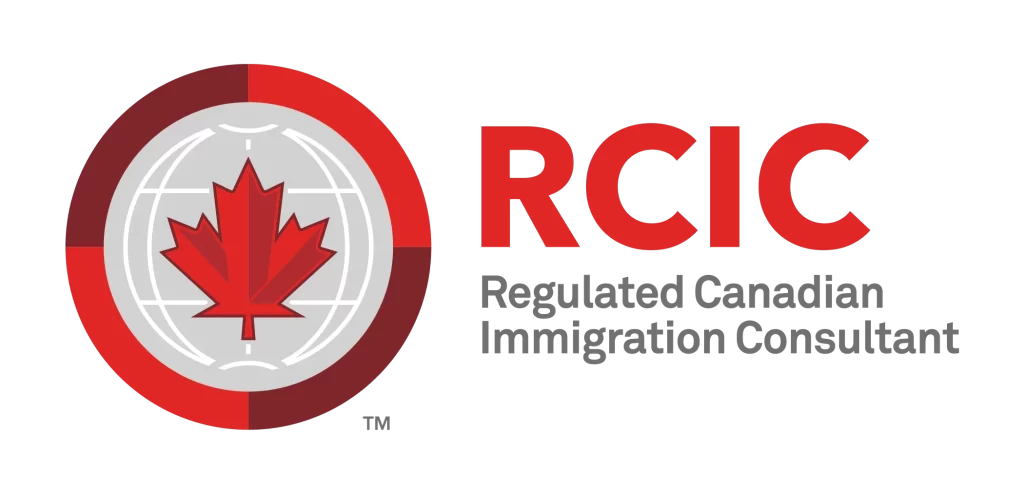WORK IN CANADA
People from all over the world have many options to work in Canada and contribute to its varied workforce. Understanding the work permit procedure, eligibility standards, and relevant programmes is essential whether you are a foreign worker searching for employment in Canada or a Canadian business looking to hire skilled employees. We will examine the numerous facets of working in Canada for foreign workers in this post and offer advice for Canadian businesses.

Determine if you need a work permit:
Before beginning employment in Canada, it is crucial to ascertain whether a work visa is necessary. Foreign nationals must generally have a work permit unless they qualify for certain exemptions. Who needs a work visa and the exclusions from this requirement are explained in detail on the official website of the Canadian government.
Getting a Work Permit:
a) Temporary Work Permit: You must apply for a temporary work permit if you are not excluded from the necessity for a work permit. A Canadian business may make you an offer of employment as part of the process, but they almost always need to get a Labour Market Impact Assessment (LMIA) first. As an alternative, you can qualify for a work permit through particular initiatives like the Global Talent Stream or the International Mobility Programme.
b) International Experience Canada (IEC): Through a variety of streams, including Working Holiday, Young Professionals, and International Co-op, the IEC programme enables young people from partner nations to travel and work in Canada. Depending on the applicant’s citizenship country, different eligibility requirements and application processes apply.
Extending or Modifying the Requirements of Your Work Permit:
You must submit an application before the existing permit expires if you want to extend your work permit or modify the requirements. In most cases, this entails filing an application to Immigration, Refugees and Citizenship Canada (IRCC) and supplying supporting documentation, such as a letter of employment or evidence of eligibility for a separate work permit programme.
Work and Travel in Canada as a Young Person:
The International Experience Canada (IEC) programme, which was previously stated, enables young people (often between the ages of 18 and 35) from partner nations to work and travel in Canada. Participants in this programme can discover the varied landscapes and cultural offers of the nation while gaining useful professional experience. On the IRCC website, you can find details on requirements and application processes.
How to Apply for a Work Permit in Canada:
Foreign employees who are already present in the country and who have a current temporary resident status may be able to do so without leaving. This procedure normally entails sending an application to the IRCC together with the necessary paperwork and fees, either online or by mail.
How to Find a New Job While Already in Canada:
There are several tools available to you if you are already in Canada and looking for a new career. To look into potential employment openings, you can use online job boards, career fairs, professional networks, and contacting recruiting firms.
Reporting Abuse of a Temporary Foreign Worker:
To safeguard temporary foreign employees from exploitation or abuse, the Canadian government has strict laws and policies in place. It is imperative to notify the proper authorities, such as the IRCC or Employment and Social Development Canada (ESDC), if you observe or encounter any abuse or infractions.
For Employers in Canada:
a) Hiring a Permanent Worker: Programmes like the Provincial Nominee Programme (PNP) and the Temporary Foreign Worker Programme (TFWP) allow Canadian firms to engage foreign workers on a permanent basis. In order to participate in these programmes, the business normally needs to obtain an approved LMIA, which establishes the necessity of hiring a foreign worker owing to a labour shortage.
b) Hiring a Temporary Employee: In order to hire a temporary employee, Canadian firms must go through the LMIA application procedure. This process makes sure that hiring a foreign worker won’t have a detrimental effect on the Canadian labour market. Before considering hiring foreign workers, employers must show that they have tried to find Canadian citizens or permanent residents first.
c) Employing a New Immigrant as an Intern: Through a variety of programmes, such as the Career Focus programme or co-op programmes provided by educational institutions, Canadian firms can provide internship opportunities to new immigrants. These programmes assist immigrants in integrating into Canadian society while giving them vital work experience.
Working as a foreign worker in Canada presents great prospects for professional development and cross-cultural interaction. People can confidently traverse the system if they are aware of the work permit requirements, the application procedures, and the programmes that are offered. When done



